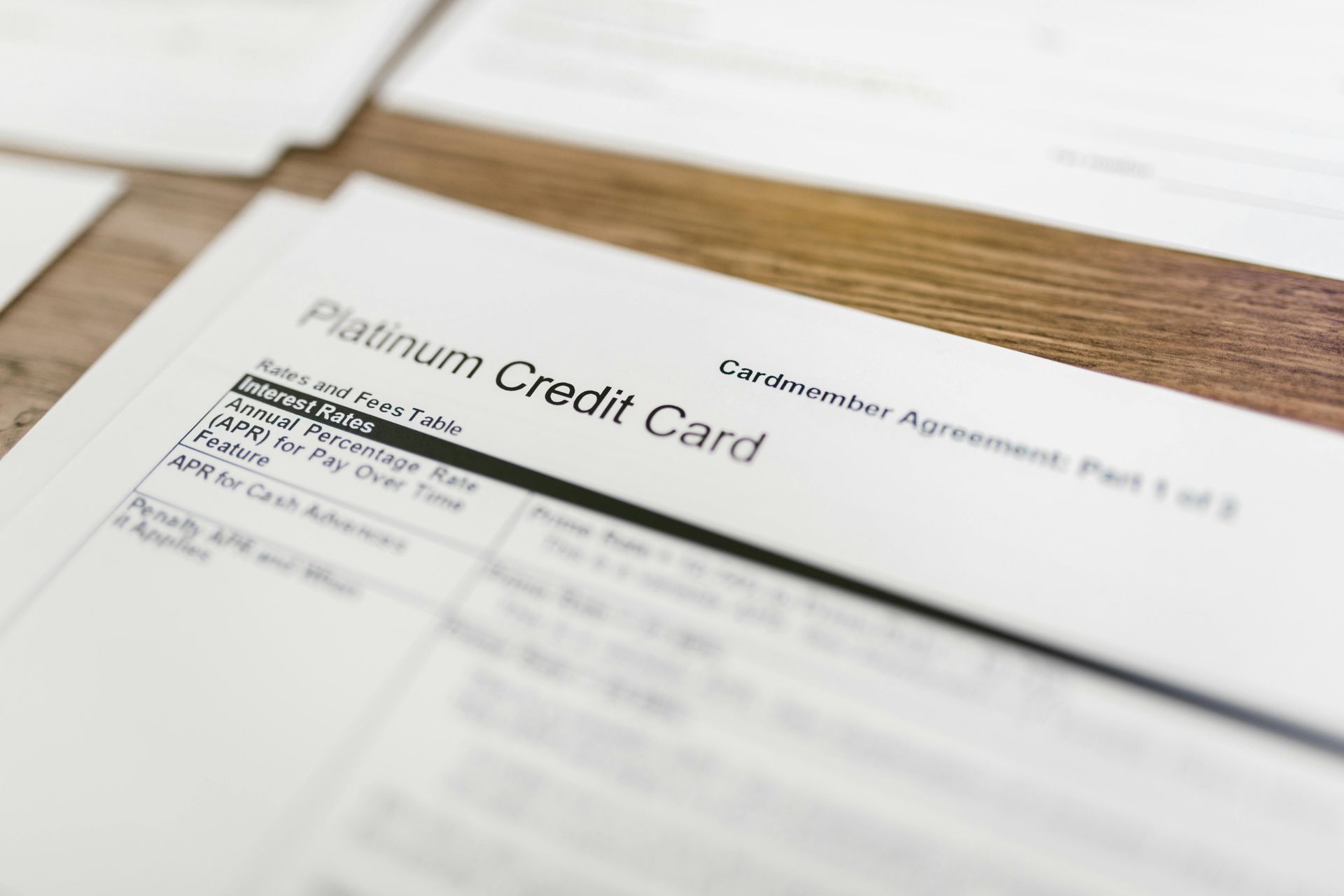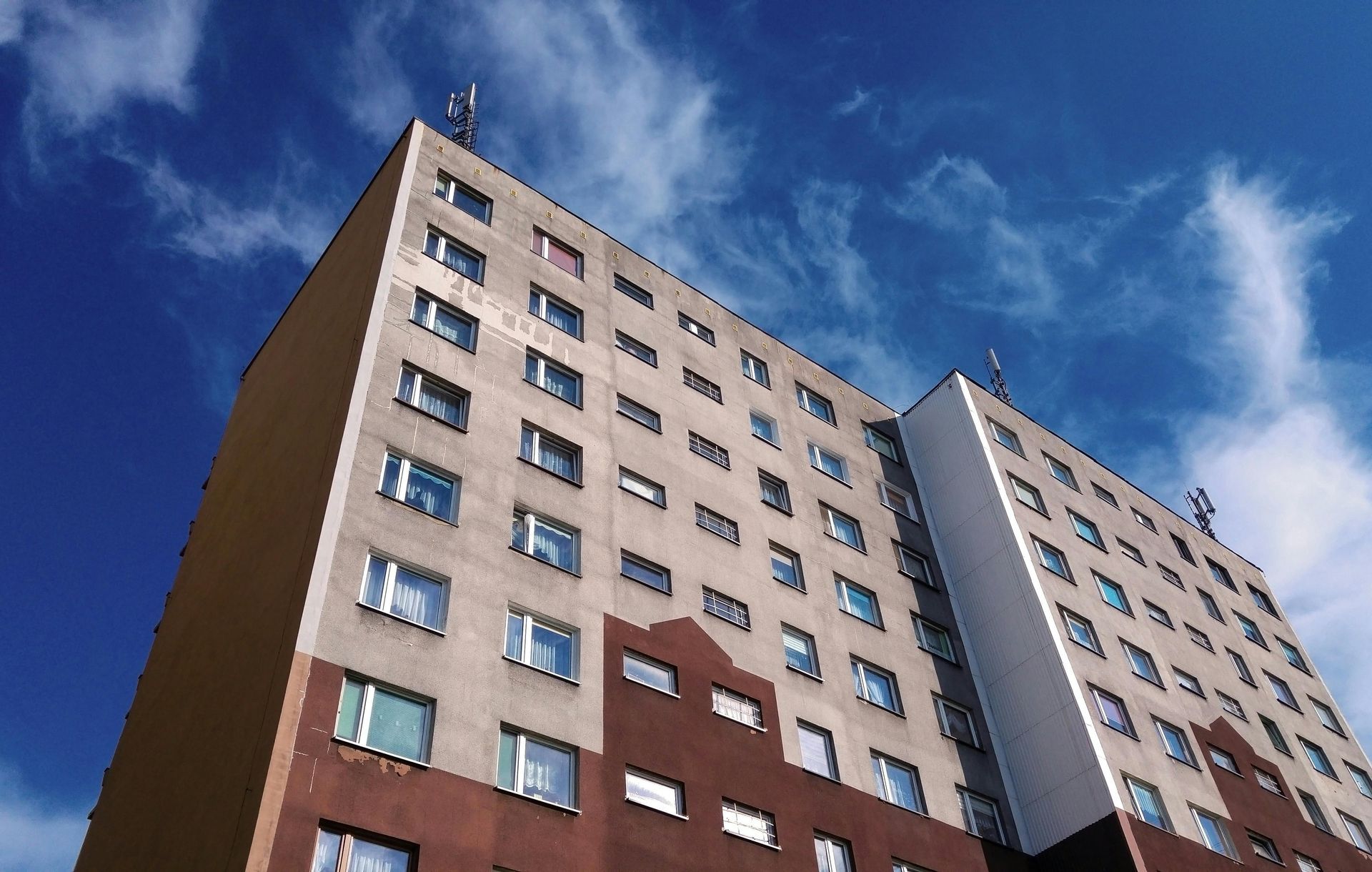How Property Managers Handle Water Leaks and Ensure Structural Integrity
Best Practices for Preventing Water Damage

Water leaks in a rental property can lead to severe problems if not addressed promptly. As a property manager, it is crucial to act swiftly to preserve the structural integrity of the building and protect tenants' belongings. Regular inspections and the use of water meters can help in early detection, which is key to preventing extensive damage. When leaks like a burst pipe or malfunctioning water heater occur, assessing and resolving these issues promptly is vital.
Preventative measures play an essential role in property management. Regular maintenance of plumbing systems, including water heaters, and educating tenants on signs of water damage can help avoid costly repairs. By implementing these strategies, you can avoid scenarios where tenants need to file insurance claims for water damage restoration.
To effectively manage water-related incidents, property owners and managers need to have clear protocols. Documenting incidents and having a reliable restoration service on call ensures smooth handling of any emergencies. Acting decisively not only protects the property but also builds trust with tenants, showing them that their living conditions are a priority.
Key Takeaways
- Swift action is essential for preventing major water damage.
- Regular inspections help in identifying potential leaks and damages.
- Educating tenants can prevent bigger issues in the future.
Understanding Water Damage and Property Management
Managing water damage is crucial to maintaining a rental property's value and ensuring tenant safety. Knowing the types of water damage and recognizing early signs in your rental can help prevent costly repairs and protect the investment.
Types of Water Damage and Their Impacts
Water damage can arise from various sources such as a burst pipe, faulty water heater, or weather-related events. Clean water damage, typically caused by leaks from pipes or appliances, may not pose health risks but can still affect the structure. Grey water damage involves water from sources like dishwashers, potentially harmful due to contaminants. Black water damage, from sewage or severe flooding, is highly hazardous and requires immediate professional attention.
Unchecked water damage can compromise your property's structural integrity. Saturated wood can warp or rot, while soaked drywall can weaken, leading to structural damage. If not addressed promptly, mold growth is likely, further deteriorating building materials and adversely affecting indoor air quality. Understanding these different impacts enables property managers to respond quickly and effectively.
Signs of Water Issues in Rentals
Early detection of water problems is key to minimizing damage. Look for visible signs like water stains on ceilings or walls, which often indicate a leaky roof or plumbing issue. Peeling paint and warped floors can also suggest water has seeped into areas it shouldn't be. Be sure to check for musty odors, a common indicator of hidden mold growth resulting from untreated moisture.
Regular inspections are crucial for spotting problems. Using water meters can help you detect hidden leaks by showing sudden usage spikes. Monitoring your property's exterior after heavy rain can identify areas prone to water accumulation. Encouraging tenants to report issues quickly and conducting regular maintenance are important preventative measures to prevent water damage.
Roles and Responsibilities
In managing a property, it's essential for both property owners and tenants to understand their specific roles, especially when it comes to handling water-related issues. Being aware of responsibilities ensures swift resolution of problems such as water leaks or damage, protecting the value and safety of the rental property.
Property Owners and Managers
As a property owner or manager, you are responsible for maintaining the structural integrity of the building. This includes regular inspections to identify signs of water infiltration and addressing them promptly. You should ensure that water heaters, pipes, and other facilities are in good working order to prevent leaks. Immediate attention to burst pipes or faulty water meters can mitigate significant property damage and enhance tenant safety.
Another key responsibility is having adequate landlord insurance to cover potential water damage. This insurance can cover repairs and restoration efforts, minimizing financial losses. It is also crucial to inform your tenants about emergency procedures and provide them with necessary tools like sandbags or buckets during extreme weather events. Maintaining open communication fosters a cooperative relationship, helping prevent disputes and misunderstandings.
Tenants' Obligations
As a tenant, you are required to care for the rental property and promptly report any water leaks or damage to the landlord. Failure to do so can be considered tenant negligence, potentially making you liable for resulting damages. Ensuring that your actions do not cause damage, such as clogging drains or misusing appliances, is part of your lease agreement obligations.
Having renters insurance can protect you against property loss, covering the cost of damages to your personal belongings in the event of a water-related incident. It's also important to comply with any preventative measures put in place by the property owner, such as regular maintenance checks and following specific guidelines to prevent leaks. This cooperative approach ensures the safety and preservation of the property.
Maintenance and Prevention Strategies
Handling water leaks efficiently involves proactive maintenance and preventative measures. Regular checks and timely repairs play a crucial role in minimizing damage and costs. Understanding the common signs of leaks and investing in proper systems can help prevent future issues.
Regular Inspections and Maintenance
Scheduling regular inspections is essential to catch potential water issues early. Examine plumbing fixtures, water heaters, and pipes. Look for signs of leaks such as damp spots, mold growth, or unusual noises in the plumbing system. By doing this, you ensure that minor problems are addressed before they escalate.
Regular maintenance tasks should include checking water meters for unexpected increases in usage. These can indicate hidden leaks. Burst pipes are a major concern, especially in older properties. Periodic professional inspections can help detect these early, avoiding costly repairs later.
Preventative Measures to Mitigate Water Damage
Implementing preventative measures is vital in mitigating water damage. Install water leak detection systems that alert you to potential leaks before they become serious. Regularly updating and maintaining plumbing systems reduces the risk of old or faulty fixtures causing problems.
Consider using water-resistant materials in areas prone to leaks, such as basements or laundry rooms. Encourage tenants to report issues promptly and provide them with guidance on recognizing signs of water damage. This collaborative approach ensures swift action, minimizing damage and preserving structural integrity.
By focusing on these strategies, you reduce the likelihood of severe water damage, safeguarding your property and its value in the long run.
Handling Water-Related Incidents
Addressing water-related incidents in rental properties requires swift action, comprehensive documentation, and a structured restoration process. Understanding how to deal with water leaks can mitigate damage and prevent future issues.
Immediate Responses to Water Leaks
When a water leak occurs, acting quickly is crucial. Start by shutting off the water supply to prevent further flooding. Locate the source of the leak, whether it’s a burst pipe or a malfunctioning water heater, and arrange for immediate repairs. Contact professional plumbers if needed, and inform your tenants promptly about the situation.
Document everything with photos or videos as part of the repair process. This evidence can be useful later when you need to file a claim with your insurance provider. Keep receipts for repair costs and any emergency cleanup services you use.
Navigating Insurance and Claims
Dealing with insurance and claims is an essential step after a water leak. Begin by contacting your insurance provider to report the incident. Check if your policy includes personal property coverage and understand what is covered under your homeowner’s insurance.
The process to file a claim can involve providing documentation, like receipts, photos, or any reports from housing authorities. Be prepared to meet with an insurance adjuster, who will assess the damage. Understanding this process helps ensure you and your tenants are adequately compensated and covered.
Water Damage Restoration Process
Once the initial emergency is over, start the restoration process. Begin with cleanup, using water removal tools and dehumidifiers to ensure the area is dry. The goal is to prevent mold and further structural issues, protecting your property's integrity.
Engage professionals for water damage restoration as the process may involve significant repairs. Inspect all areas to confirm that structural and cosmetic repairs are completed effectively. Informing tenants of each step helps maintain transparency and trust. Monitoring will also ensure that corrective measures taken will help safeguard against future issues.
Frequently Asked Questions
When dealing with water damage in rental properties, you need to know your responsibilities, how to handle claims, and ways to prevent damage. Understanding signs of water issues and knowing how quickly to address them are crucial for maintaining the property.
Q: What are the responsibilities of a property manager when a water leak occurs?
A: You must act quickly to fix any leaks. This involves contacting repair services and conducting thorough checks to prevent future issues. Organizing repairs and ensuring tenant safety is crucial. Regular inspections and prompt action are key responsibilities.
Q: How should a property manager address water damage claims from tenants?
A: You should evaluate the situation and determine the cause of the damage. If the property is insured, you might need to file a claim. Communicate clearly with the tenant about the steps being taken and work with any necessary insurance adjusters.
Q: What steps can property managers take to prevent water damage in rental properties?
A: Regular maintenance and inspections are vital. Schedule routine checks of plumbing systems and educate tenants on proper use of appliances.
Promptly repair any leaks or infrastructure issues. Implementing preventative measures greatly reduces the risk of water damage.
Q: What are the signs that indicate a property may have water damage or a leak?
A: Look for discoloration on walls or ceilings, mold growth, or unusual odors. Unexpected increases in water bills can also suggest leaks. Pay attention to these warnings to prevent more serious damage.
Q: How quickly must landlords or property managers act to repair water damage according to regulations?
A: You are generally expected to address and repair damages as soon as possible. Local laws often dictate specific time frames for repairs, so it's important to be familiar with these regulations to avoid penalties and ensure tenant safety.
Q: What preventative measures can be put in place to minimize risk of water leaks in rental properties?
A: Install water sensors near appliances and other prone areas. Conduct regular inspections and maintenance of plumbing systems. Educate tenants on the importance of reporting any signs of leaks immediately. These steps significantly reduce the chance of leaks.
More about Coastline Equity
Property Management Services
 Learn More
Learn MoreOur team will handle all your property needs, offering specialized services such as in-depth inspections, liability management, staff recruitment and training, and round-the-clock maintenance—expert support tailored to the unique requirements of your real estate assets.
About Us
 Learn More
Learn MoreOur dedicated team transforms property management challenges into opportunities. From tenant management to streamlined rent collection and proactive maintenance.
Property Management Excellence
 Learn More
Learn MoreAs a contributing author for Forbes, Anthony A. Luna brings a wealth of expertise and knowledge in the property management industry, real estate sector, and entrepreneurship, providing insights and thought-provoking analysis on a range of topics including property management, industry innovation, and leadership.
Anthony has established himself as a leading voice in the business community. Through his contributions to Forbes, Anthony is set to publish his first book, "Property Management Excellence" in April 2025 with Forbes Books.
Insights
 Learn More
Learn MoreLearn more about Coastline Equity's property management practices & processes and how we support our clients with education and a growth mindset.
Coastline Equity Property Management is your partner as you continue to learn and grow.
News & Updates
Property Management Made Easy
Los Angeles
1411 W. 190th St.,
Suite 225
Los Angeles, CA 90248
Temecula
41743 Enterprise Circle N.,
Suite 207
Temecula, CA 92590
P.O. BOX #1489
TORRANCE, CA 90505






